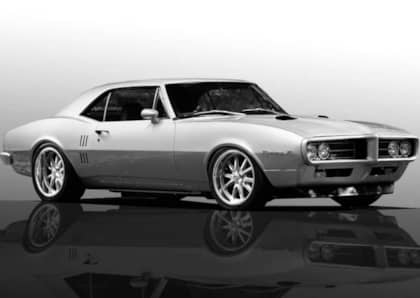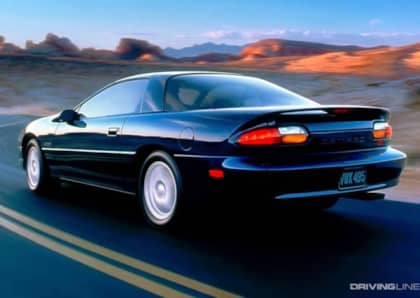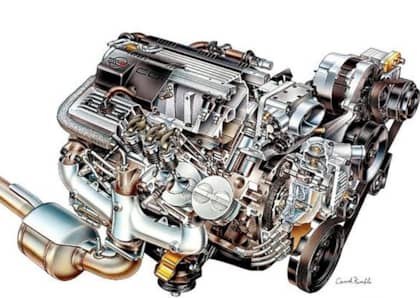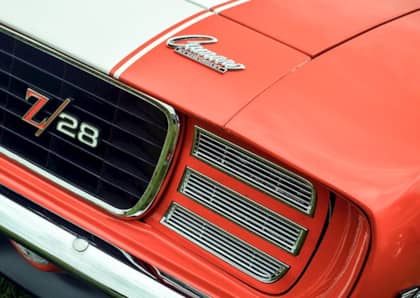The LS1 V8 Transformed The F-Body Chevrolet Camaro and Pontiac Firebird Into '90s Muscle Car Superheroes
When the fourth-generation Chevrolet Camaro and Pontiac Firebird arrived for the 1993 model year, they ushered in the final chapter for the F-body platform. Although carrying over much of the previous Camaro and Firebird unibody (and a significant chunk of its rear suspension design), the look of the two muscle machines was futuristic and aero-intensive, making extensive use of sheet molded compound materials and distancing itself from its Ford Mustang competitor's squared-off appearance. They also brought with them the LT1 V8, borrowed from the Corvette, whose 275 hp further gapped its cross-town rival.
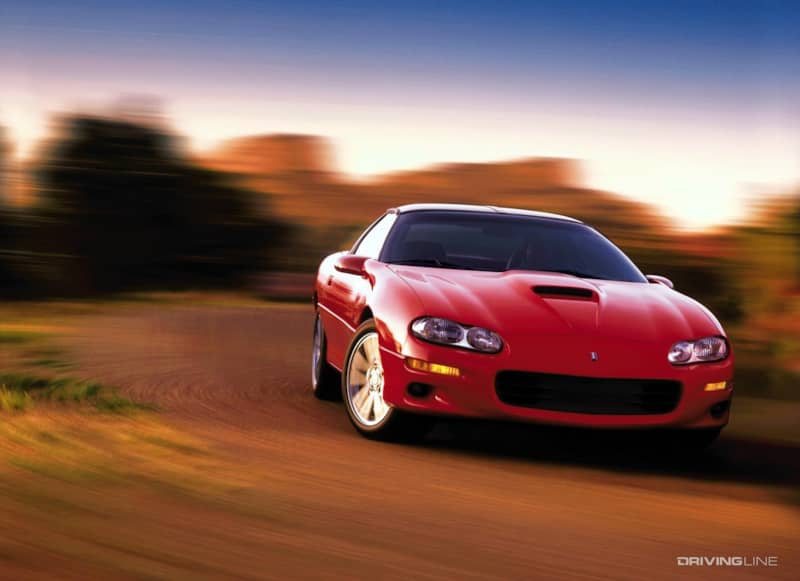
There was a secret weapon on the horizon for the F-body twins, however, that promised to make an even bigger splash: the LS1. This engine introduced GM's all-new small block V8 technology to the world and in doing so wrote one of the most important chapters in the book of modern performance. Unmatched by any other Detroit power plant that debuted in the '90s, the installation of the LS1 in the Camaro and the Firebird provided a rare instance of a soon-to-be-cancelled automobile going out with a bang, giving the F-body a satisfying climax after 35 years of history
Push Rod Plus
The LT1 and six-speed manual drivetrain combo were solid, to be sure, and both it and the hotter, ultra-rare LT4 provided a big shot in the arm for the Corvette, the Camaro, and the Firebird throughout the '90s (especially compared to the Tuned Port Injection engines that had come before them).
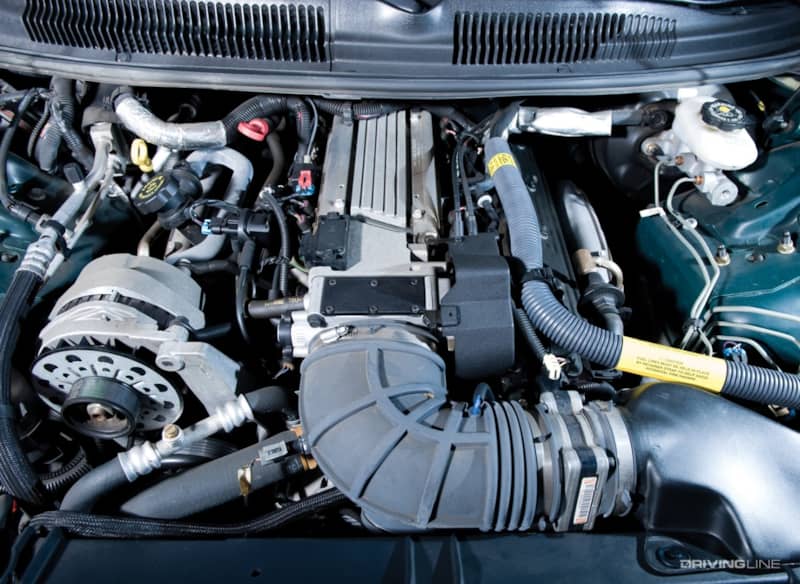
Still, these Gen-II small blocks weren't without their flaws (in particular, the OptiSpark ignition system), and General Motors was itching to explore more advanced engine technologies and truly revolutionize its eight-cylinder offerings across the board.
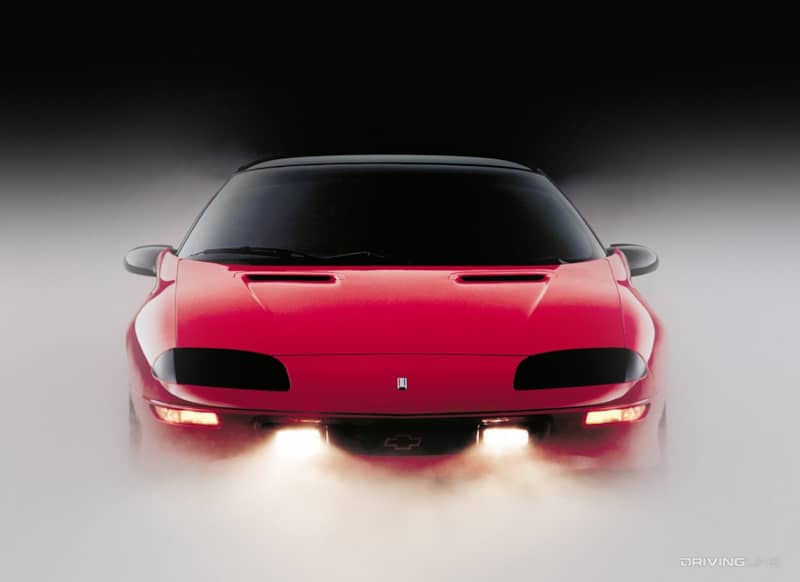
The LS1 Gen-III V8 introduced a number of important firsts for GM. The 5.7L block was constructed out of aluminum, weighing in at roughly 50 percent the mass of an iron LT1 block. Although pushrods were retained, gone was Optispark, and in its place was a coil-on-plug setup, matched with better-breathing, cathedral-port cylinder heads (250 cfm), 28-lb fuel injectors, and a 78 mm throttle body.
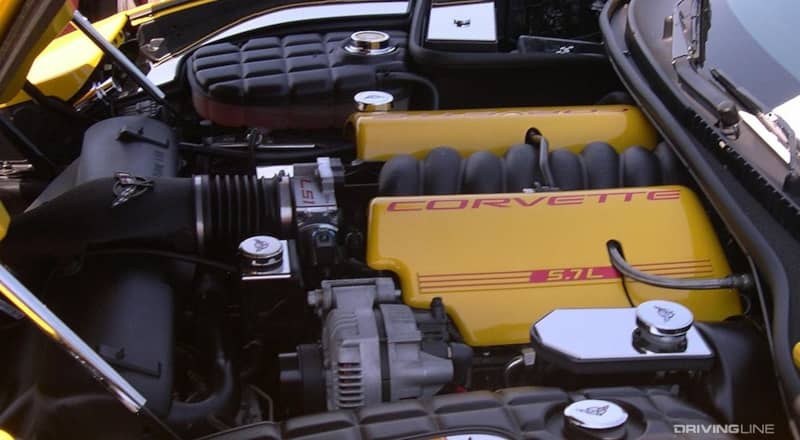
The LS1 was initially offered in 1997 with the Chevrolet Corvette, where it produced a healthy 345 hp. One year later, Camaro and Firebird owners could specify the same engine, with an advertised 305 hp output that Chevrolet and Pontiac claimed had been 'detuned' from the Vette's spicier spec. Best of all? There was almost no perceptible price increase for either car in the move from the less potent LT1 to the future-facing LS1.
Quicker, Quickest
The effect of the LS1 on F-body performance was immediate. A mid-decade, LT1-powered Camaro Z28 SS (the fastest of the breed, tuned by SLP Engineering to produce 305 hp) was capable of a quarter mile time in the 13.8 second range @ 101 mph, with a 0-60 mph time of 5.3 seconds. That was a few ticks quicker than the 5.4 seconds posted by the original, 275 hp version of the LT1, which was still available in the standard Z28.
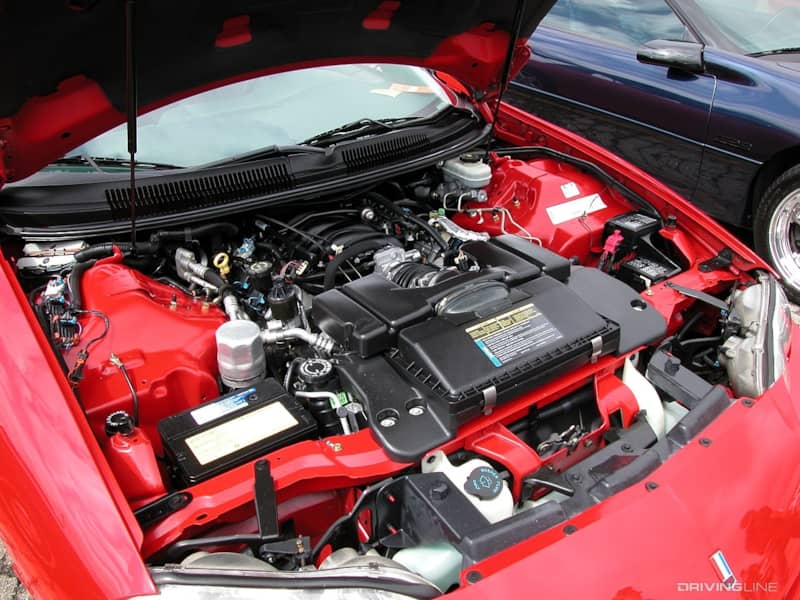
For 1998, base model LS1 Z28s had risen to 305 hp, while the Chevrolet Camaro SS (and its similarly-equipped Pontiac Firebird sibling) sliced two tenths of a second off the sprint to 60 mph, along with a further tenth from the quarter, thanks it part to its 345 lb-ft of torque that were surely as underrated as its 'detuned' 320 hp (plus an extra 5 ponies with the optional SLP exhaust).
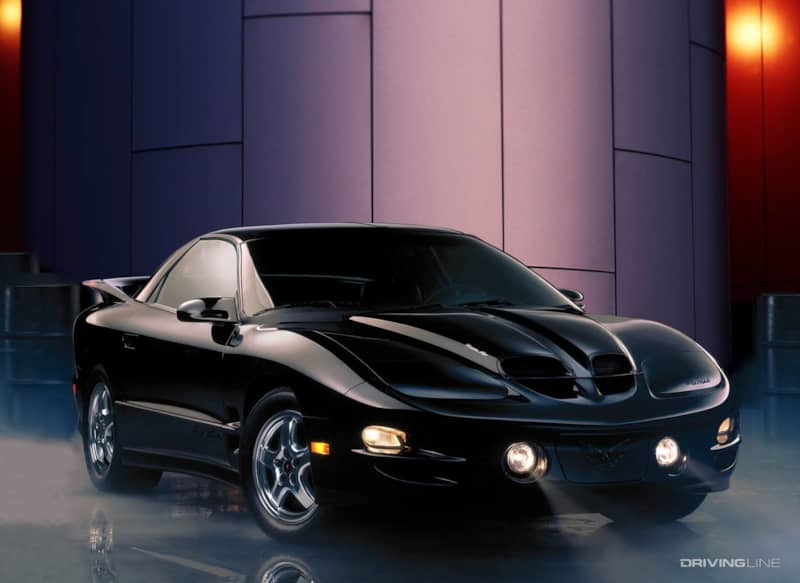
By 2002, its final year of production, incremental improvements across the board, plus an on-paper boost to 310 hp (Z28) or 325 hp (SS) had cut the quarter time down to the mid-13 second range (at over 106 mph) for even an average driver.
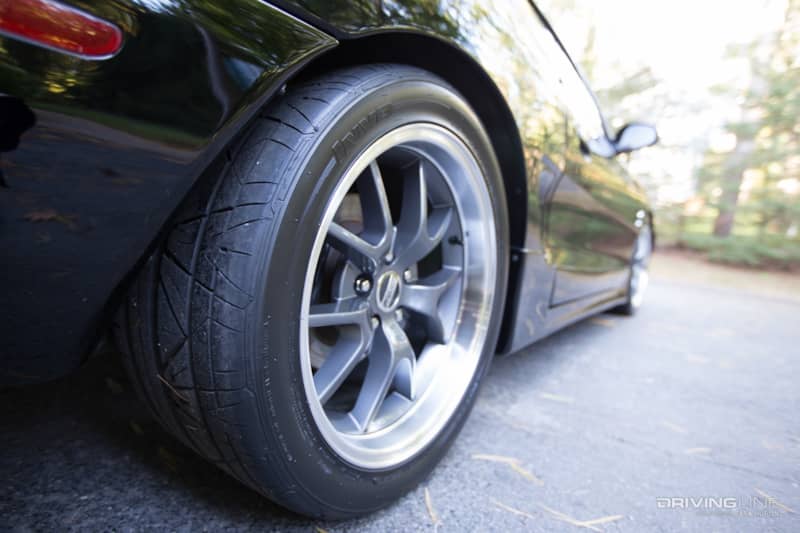
Not only was the LS1-equipped F-body better in a straight line than its predecessor, it also put a dagger through the heart of the Mustang. Forget the 215 hp GT weakling, as the LT1 SS could walk even the 305 hp Mustang Cobra's 4.6L modular V8 in the quarter mile.
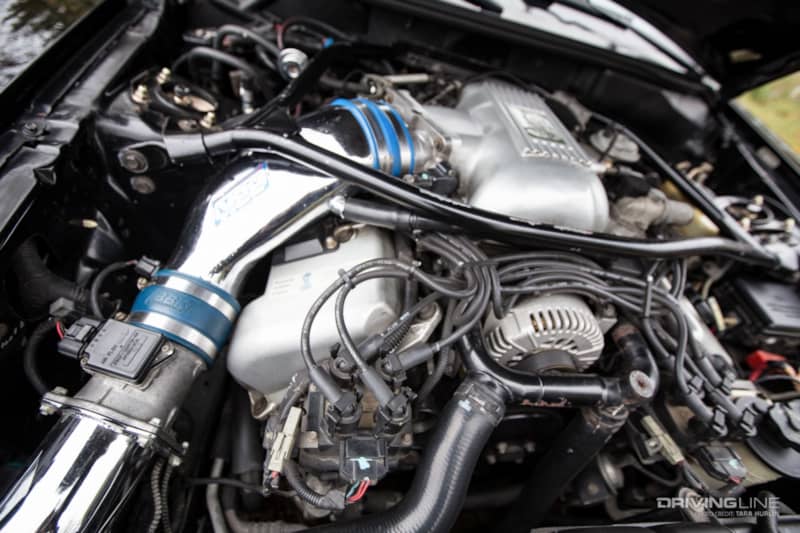
Once the LS1 entered into the picture, the difference became even more dramatic, as the later 'New Edge' Mustang's 260 hp upgrade to its 4.6L eight-cylinder engine couldn't keep up either.
From An Ending, A Rebirth
The LS1 was the leading engine of an entirely new family of V8 engines that quickly propagated throughout the GM portfolio, finding their way between the front fenders of performance cars, pickups, and SUVs alike. The LS architecture would reign well into the 2010s, before finally bowing out in favor of the new 'LT' series, which borrowed its name, but none of its details from the older LT1.
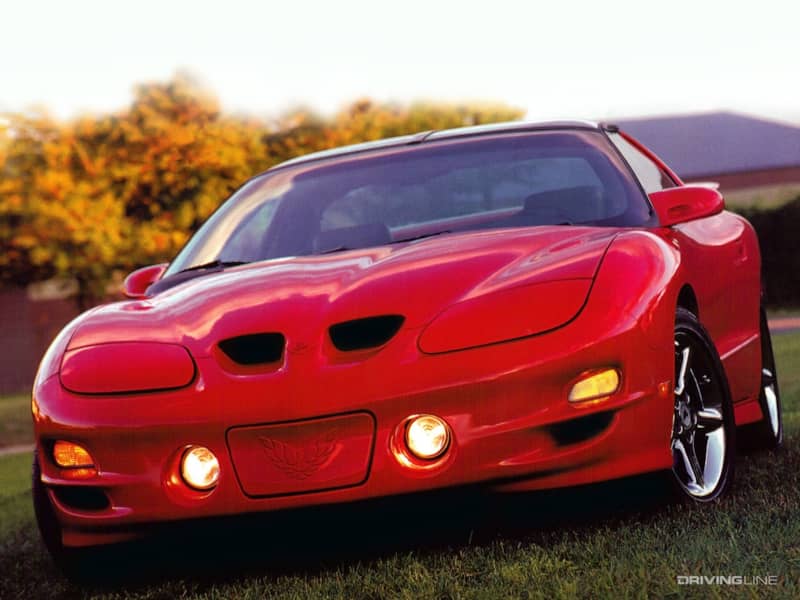
As for the Camaro and the Firebird, the LS presided over the swan song for the storied F-body, which went dormant after 2002. Despite its exceptional performance, it couldn't match the Mustang's sales and was sacrificed when General Motors decided to close the manufacturing plant in Sainte-Thérèse, Quebec, that produced it.
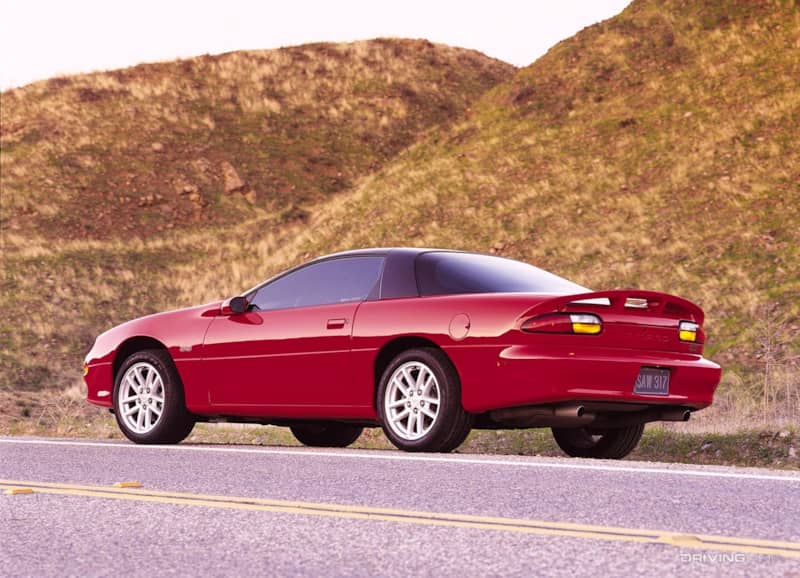
Revived just under a decade later in a world where Pontiac had disappeared from the landscape, the fifth-generation Camaro soldiered forward with LS power under the hood once again, picking up the baton dropped by its fallen F-body ancestor.




